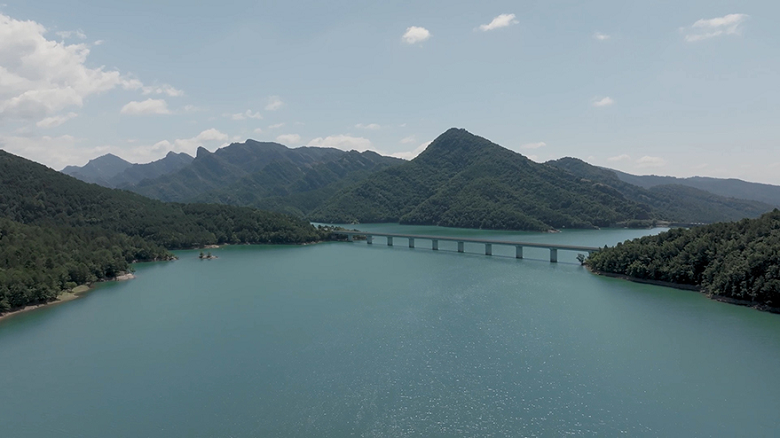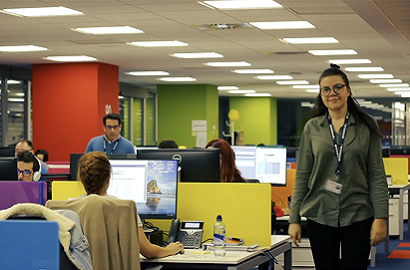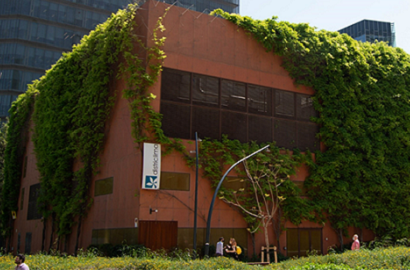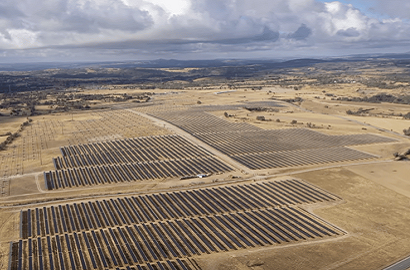Verbund presents new strategic Spanish hydropower infrastructure

The company will invest 400 million euros together with the Spanish company E-Storagy and will generate 1,700 jobs during its construction.
Renewable energy company Verbund has officially presented the La Baells pumped-storage hydroelectric power plant project, which it describes as strategic infrastructure for Catalonia and for Europe’s energy future. The future facility will be the first of its kind in the internal river basins of Catalonia, and will have a capacity of 512 megawatts, as well as a storage capacity of 4.3 gigawatt-hours.
Verbund has partnered on this project with E-Storagy, a spin-off of Capital Energy, which specialises in energy storage. In addition to pooling their renewable energy expertise, together they will invest 400 million euros and create 500 direct jobs and 1,200 indirect jobs during the construction of the new infrastructure.
Benefits for the surrounding area
Located in the Bergadá region, between the provinces of Barcelona and Lérida, the project directly affects the municipalities of La Nou, Cercs and Vilada, for which the joint venture has created an annual fund of 400,000 euros to be used for local development projects. The infrastructure will be based on an existing reservoir on top of which a reservoir 20 times smaller than the main reservoir will be built to act as a natural battery to conserve electricity.
The project promoters have already officially applied for a concession for the water they will need to operate the future pumped-storage hydroelectric power plant. The system allows electricity to be generated by the movement of the water, and also turns the dam into a large battery: by pumping the water into the upper reservoir, it absorbs surplus electricity from the grid, and returns it to the main reservoir when there is greater demand.
Clean, cheap and safe electricity
The energy produced by a pumped-storage hydroelectric power plant does not generate greenhouse gas emissions or polluting waste during its operation, and it allows the surplus production of renewable energy to be stored for use when there is no sun or wind. It also uses water, a natural and renewable resource that acts as a natural battery and helps to reduce dependence on fossil fuels.
Once built, its operating and maintenance costs will be low and its lifetime will be long, making each unit of energy produced much cheaper compared to other sources. It will also contribute to stabilising the electricity grid with its fast response, ensuring a constant supply and increasing energy security.
Photo: La Baells




